I have a simple sqlite3 table that looks like this:
Table: Part
Part SuperPart
wk0Z wk00
wk06 wk02
wk07 wk02
eZ01 eZ00
eZ02 eZ00
eZ03 eZ01
eZ04 eZ01
I need to run a recursive query to find all the pairs of a given SuperPart with all of its subParts. So let's say that I have eZ00. eZ00 is a superpart of eZ01 and eZ01 is a superpart of eZ03. The result must include not only the pairs (eZ00, eZ01) and (eZ01 and eZ03) but must also include the pair (eZ00, eZ03).
I know there are other ways of defining the table, but I have no choice here. I know i can use several unions if I know the depth of my tree, but I won't allways know how depth I want to go. It'd help to have something like WITH RECURSIVE or even just WITH (,,) AS x but for what I've searched, that's not possible in sqlite, right?
Is there a way to do this recursive query in sqlite3?
UPDATE:
When this question was made, SQLite didn't support recursive queries, but as stated by @lunicon, SQLite now supports recursive CTE since 3.8.3 sqlite.org/lang_with.html
